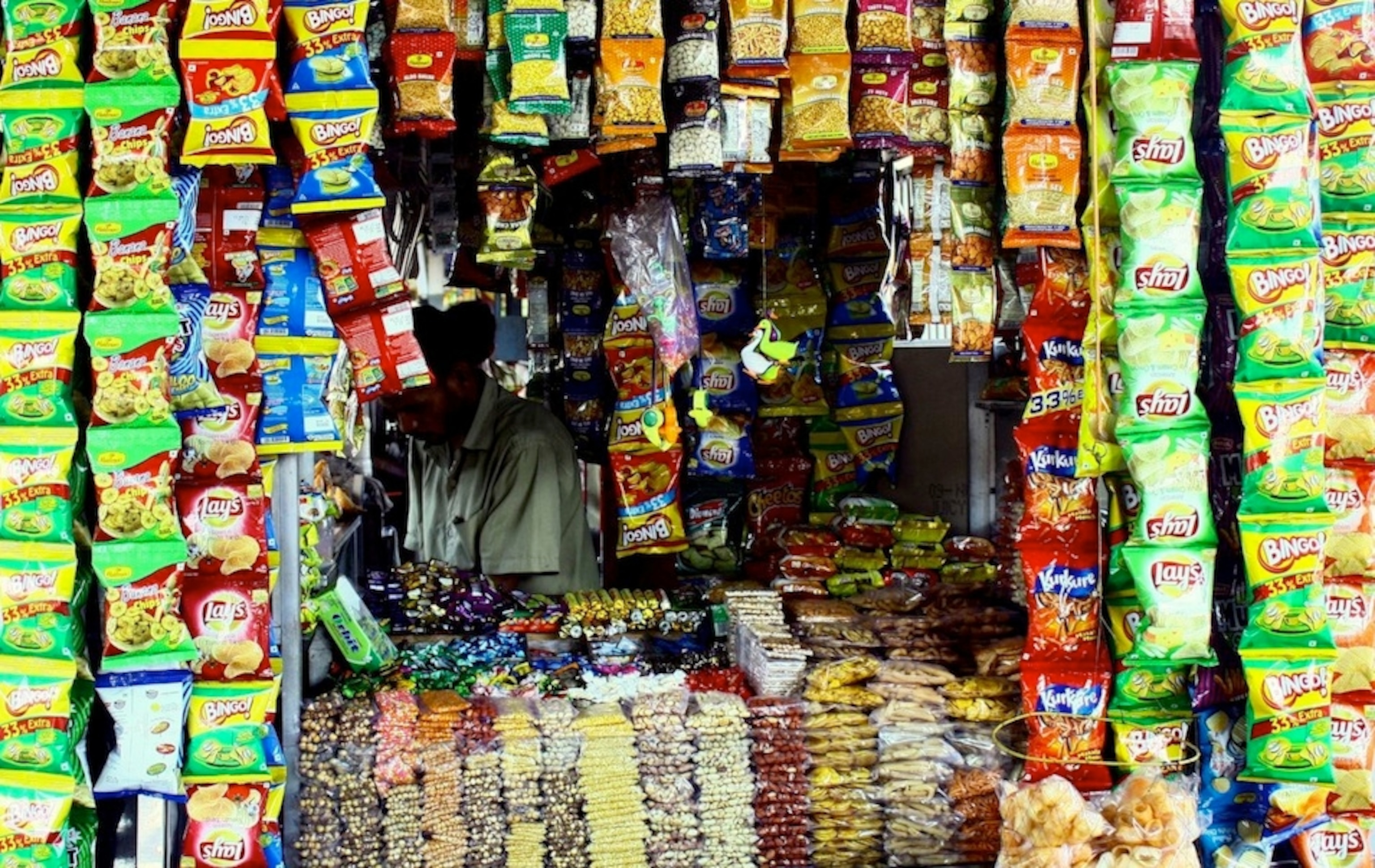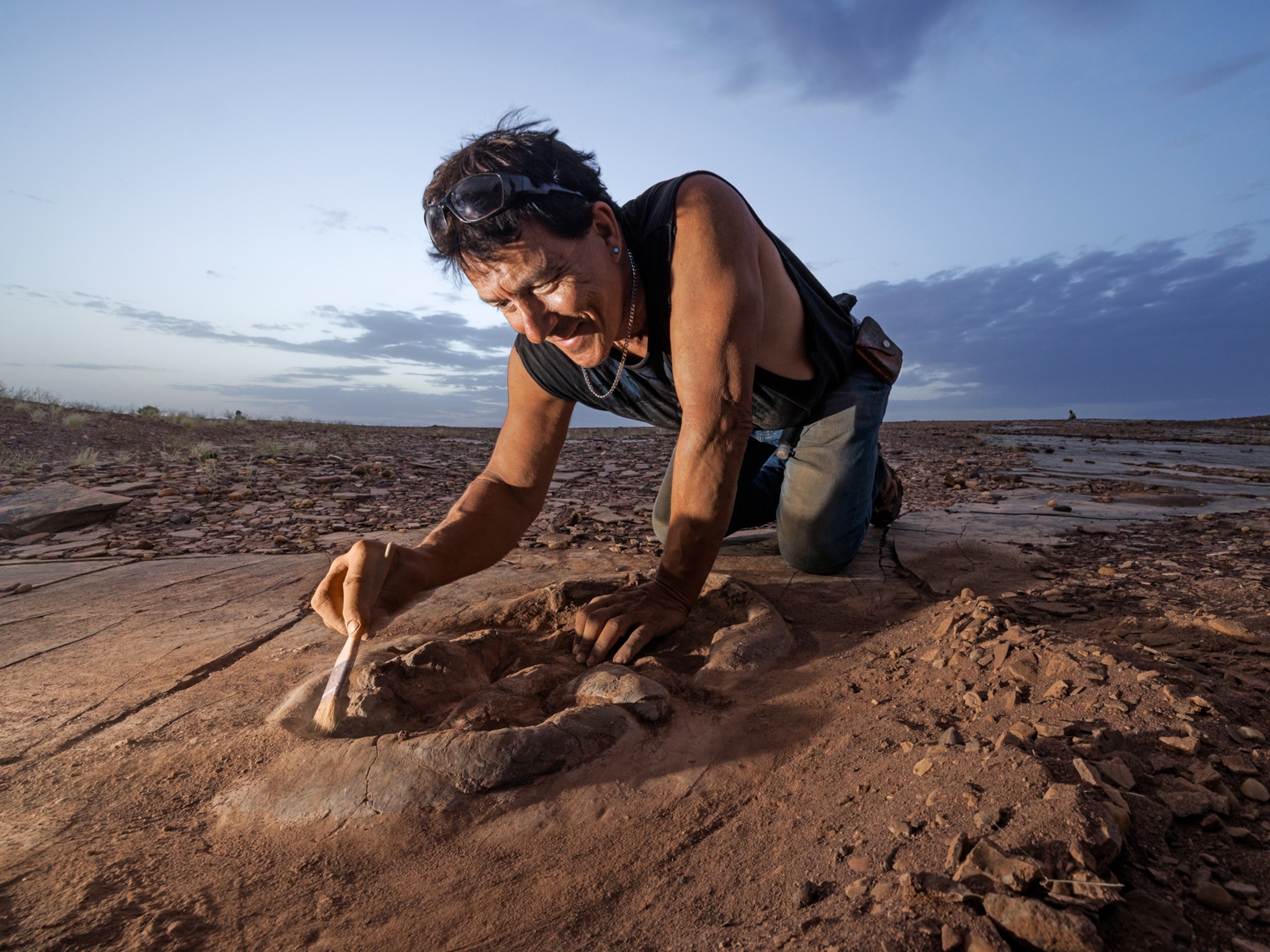Food deserts are the areas in cities and rural areas devoid of fresh food, leaving those who live there without cars few options for how to get their hands on nutritious things to eat. The term originated in the early 90s in England, but the problem isn’t isolated to Europe. Communities all over the world don’t have the access they need. In the U.S., the USDA puts the number at 10 percent of Americans—or 30 million people—who need to drive more than 15 minutes to find something fresh to eat. You can see how your community compares on this map.
For obvious reason, food deserts are considered a public health hazard. Without access to fresh vegetables, people have to turn to fatty, salty, and overly processed foods, which can eventually lead to obesity, diabetes, and heart disease. But there’s an ongoing debate over whose responsibility it is to provide healthy food to undeserved communities, which are usually rural and poor. Grocery companies? Communities? Congress?
So far it’s been Uncle Sam and state governments, offering incentives for grocery chains to open new stores in areas where it might not be financially worthwhile. A highly successful program in Pennsylvania called the Fresh Food Financing Initiative helps underwrite the development of new stores and has been mimicked in New Jersey, New York, and Colorado. Despite the cultural downsides of gentrification, new money moving into a neighborhood can often bring the tipping point to a new market sprouting up.
Still, it’s hard to measure the lingering effects of food deserts, even after fresh food arrives. In my Washington, D.C. neighborhood, I’m lucky to live about a hundred steps from a full-size supermarket that was built about five years ago. Before then, my neighborhood was a food desert with nothing but a few convenience and liquor stores.
Each week when I shop, the shelves of potato chips and sodas tend to be picked over, sometimes sold out. People in front of and behind me in line buy frozen food or microwave dinners. I’m far from one to judge, I have my own weird food habits. Nor is my market a scientific sample. But one day out of curiosity, I asked a checker while she scanned my usual fare what percentage of fresh food she sells. She wouldn’t give me a number, but she told me it wasn’t very high. She said people like to eat what they’ve always eaten.






